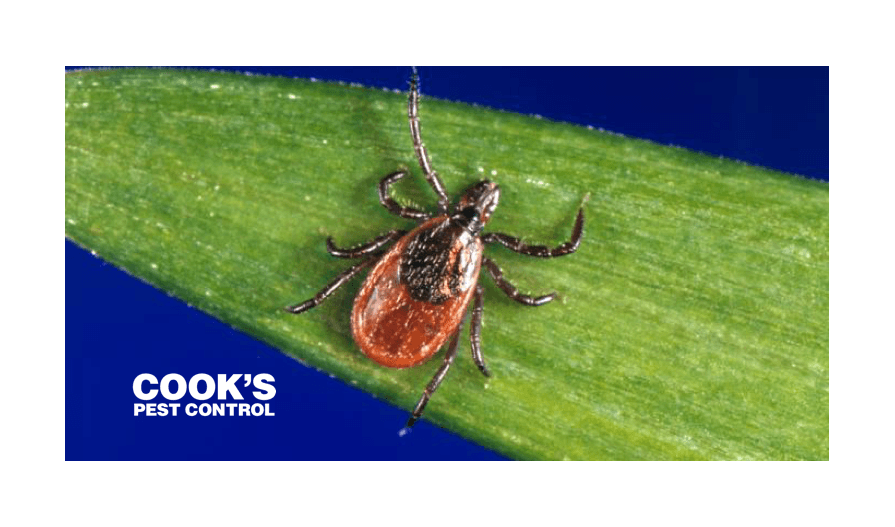Fleas and Ticks

I think it’s safe to say that most people don’t like insects and their multi-legged relatives. Even the most harmless ones evoke fear and disgust. And the ones that suck blood? Now that’s the stuff of nightmares (and Hollywood movies). There are several creepy crawlies that have a fondness for human blood, but we’ll only be focusing on two of them today: the fleas and ticks.
Distant Relatives, Close Ties
Fleas and ticks are only distant relatives, but they share some similarities: they need blood, they can transmit diseases, and they are wingless and cannot fly.
The differences are more pronounced. Fleas are insects and only have six legs, while ticks are arachnids and have eight legs (except when ticks are very young, as they begin life with only six legs). Fleas are no strangers to indoor living and will happily feed and breed in your home; ticks, on the other hand, require the great outdoors to successfully grow and reproduce. Fleas can spend their entire life on a single host (your dog or cat), while ticks require multiple hosts (like rodents and deer).
While fleas are associated with some of the worst disease outbreaks of all time – specifically, the Black Plague – flea-to-human disease transmission in the United States is a fairly minor concern. With regards to your pet, dogs can get tapeworms by ingesting infected fleas (which happens during grooming).
Ticks are more of a disease concern. They transmit an array of diseases to humans but the most well-known illness is Lyme disease. Not all tick species are capable of transmitting Lyme disease, and the one in our area that can harbor Lyme is the blacklegged tick (or simply “deer tick”). The expanding bulls-eye rash is a classic symptom, although it does not always occur. The likelihood of getting a tick-transmitted disease increases the longer a tick is attached to your skin, so it is prudent to check for ticks after having been romping through tick territory. Have a friend or spouse inspect areas that are hard to see and remove ticks within 24 hours for your best shot at staying disease-free.
Do everything within your power to keep ticks off your body. This can be achieved by wearing a repellent when you go into the woods or through tall grass. Use a repellent with an EPA-registered active ingredient; the most common option is DEET but there are others. Be sure to apply repellent around areas of your clothing where ticks can gain access to your skin (the ankles, wrists, and waistline). Wearing your socks over your pant legs can help tremendously, although it won’t do much for your style. Be sure to follow label directions for your repellent of choice – some are safe for skin, others are meant for clothing.
If you find a tick rooted firmly in your skin, don’t panic. Here’s an additional list of things you shouldn’t do: do not burn it with a smoldering cigarette or match, do not suffocate it with petroleum jelly, do not squeeze it, and do not pour alcohol on it. To sum up what you shouldn’t do, don’t assault the tick. The more you pester and poke and prod, the more you upset the tick, which could potentially cause it to regurgitate its gut contents. If the tick is infected with something like Lyme, then you increase your chances of infection by having the contaminated contents spewed into your bite wound. What you should do is take a pair of tweezers and grip the tick as close to the skin as possible, then pull the tick gently away from the skin. Do not twist or yank the tick, otherwise the mouthparts may break off in the skin.
Regarding fleas, keep your pet up-to-date on flea medication. If you don’t have a pet and are seeing fleas in your house, you could have unwanted wild animals on your property. Opossums can sustain huge flea populations. If there are opossums taking refuge in your crawlspace, then there may be no end to your fleas until you evict your furry tenants.
Fleas and ticks like to hang out in areas that are shady, moist, and sheltered, and depriving them of these areas will keep them off your property. Here are some tips for keeping both fleas and ticks at bay: mow your lawn, don’t allow weeds to grow tall and out-of-control, remove yard debris, avoid overwatering, discourage wildlife from loafing on your property, and trim trees and shrubs to allow more sunlight to reach your lawn.
